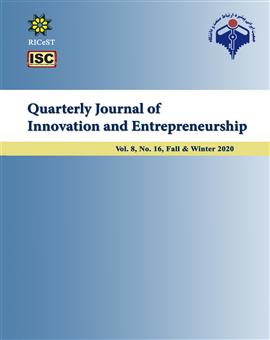-
-
List of Articles
-
Open Access Article
1 - Designing a conceptual model of reverse logistics management network based on supply chain innovation approach
mohammadreza khosravi reza homaee mansoureh hourali -
Open Access Article
2 - Explain the relationship between total quality management and operational excellence and the desire to innovate services
Jahan asadnia sima norouzi mohsen hamidi -
Open Access Article
3 - Simultaneous impact of corporate strategic mechanisms and profitable management of corporate innovation cost stickiness
aliasghar shekarshekan Jahan asadnia hamed sayar -
Open Access Article
4 - Modeling structural equations of value created in businesses
fateme hamidi naser shams -
Open Access Article
5 - Identifying and prioritizing the factors affecting knowledge sharing based on Analytic Hierarchy Process (AHP) (Case study of Saipa Industrial Group)
maryam aliei -
Open Access Article
6 - Creating value for higher education by overcoming the crises of the populist era
Somayeh Fereidouni
-
The rights to this website are owned by the Raimag Press Management System.
Copyright © 2017-2025







